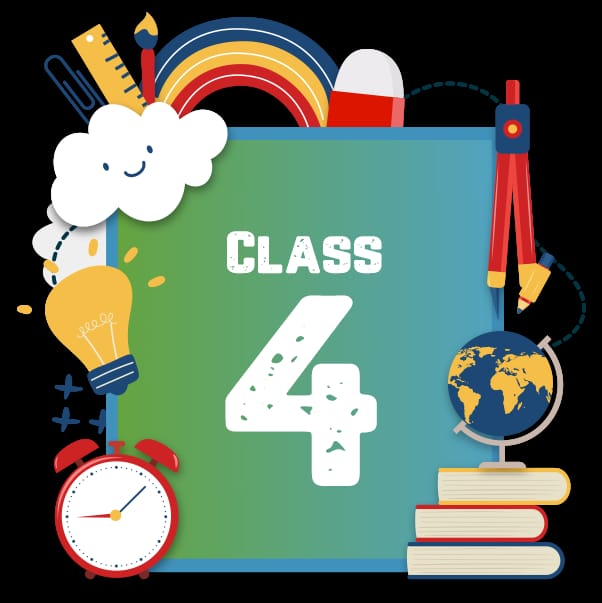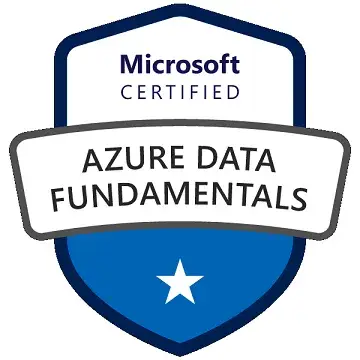Mathematics Class 4
-
- 5 rating
- (1 Reviews)
- 0 students enrolled
Mathematics Class 4
Class 4 math aims to build a strong foundation in mathematics, preparing students for more advanced concepts in the following grades. It also helps students develop essential life skills, such as problem-solving, logical thinking, and mathematical reasoning. The specific curriculum and topics covered may vary depending on the educational standards and curriculum of the country or school system.
-
- 5 rating
- (1 Reviews)
- 0 students enrolled
What learn
- Comprehensive Subject Knowledge
- Visual and Interactive Education
- Adaptive Learning Methodology
- 24/7 Availability
- Global Reach and Diverse Resources
Course Content
Requirements
- Smart Phone or Laptop with internet connection
Description
-
Patterns: Patterns involve sequences or arrangements of elements that follow a specific rule or repetition. Recognizing and extending patterns is an important mathematical skill and can be applied in various areas of math and science.
-
Fractions: Fractions represent parts of a whole or a collection. They consist of a numerator (the top number) representing the part and a denominator (the bottom number) representing the whole. Fractions are essential for understanding proportions and ratios.
-
Metric Systems: The metric system is a decimal-based system of measurement used worldwide for length (meters), mass (grams), volume (liters), and other quantities. It provides a standardized and easy-to-use way of measuring.
-
Addition and Subtraction: Addition involves combining numbers to find a sum, while subtraction involves finding the difference between two numbers. These operations are fundamental in mathematics and are used extensively in everyday life.
-
Area and Perimeter: Area is the measure of the space enclosed by a shape, while perimeter is the distance around the shape's boundary. Both concepts are crucial for understanding geometry and practical applications, like calculating the area of a room or the perimeter of a garden.
-
Division: Division is the process of sharing or grouping numbers into equal parts. It is the inverse operation of multiplication and is used for various mathematical and real-world problems.
-
Money: Money math involves understanding currency, counting money, making change, and solving money-related problems. It's an essential life skill for managing finances.
-
Multiplication: Multiplication is the process of repeated addition and is used to find the total of equal groups. It's a fundamental operation in mathematics and has numerous applications.
-
Roman Numerals: Roman numerals are a numeral system that uses combinations of letters to represent numbers. They are still used in specific contexts, such as clock faces, book chapters, and movie copyrights.
-
Time: Time involves measuring and understanding the passage of time, using units like seconds, minutes, hours, days, and years. It's essential for scheduling and daily activities.
-
Geometry: Geometry deals with the study of shapes, sizes, properties of figures, and their relationships. It includes concepts like angles, lines, polygons, and three-dimensional shapes.
-
Numbering Systems: Numbering systems refer to different ways of representing numbers, such as decimal (base-10), binary (base-2), and hexadecimal (base-16). Each system has its unique way of expressing values.
-
Data Handling: Data handling involves collecting, organizing, analyzing, and interpreting data. It includes skills related to creating graphs, charts, and tables to represent data visually.
Recent Courses
- June, 23rd 2025
- 3
This course plan outlines a comprehensive curriculum for a prompt engineering course, designed to equip learners with the ski..
- 1699.00₹
2000.00₹
- June, 28th 2025
- 12
In an era where technology is seamlessly integrated into our daily lives, understanding the synergy between Embedded Systems..
- 1599.00₹
2000.00₹
- May, 22nd 2024
- 0
Microeconomics is an essential component of economics as a whole, as it helps us understand how individual decisions and inte..
- 799.00₹
999.00₹
About Instructor
"Founded in 2019, Bringup Education stands as a dynamic Ed-Tech firm. We take pride in offering a diverse array of courses, spanning from school-level education to rigorous undergraduate programs, all impeccably facilitated through our state-of-the-art Learning Management System (LMS).
Moreover, at Bringup Education, we are committed to preparing students for the professional world by providing valuable training and internship opportunities. These experiences not only augment students' skills but also ensure they are 'job ready' upon graduation."


.png)




.png)


